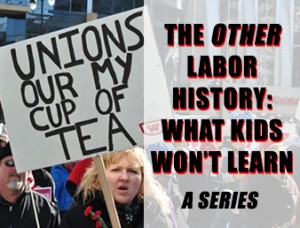MEXICO CITY – Wild union antics aren’t isolated to the United States. Teachers unions around the world routinely outdo their American brothers and sisters.
 In Mexico, unionists recently rioted over a series of meager education reform proposals.
In Mexico, unionists recently rioted over a series of meager education reform proposals.
The Christian Science Monitor reported in 2012:
MORE NEWS: Know These Before Moving From Cyprus To The UK
Mexican teachers and teachers-in-training once again abandoned lesson plans to protest education reform in the southwestern state of Guerrero this week.
The individuals charged with educating Guerrero’s children, and helping build a brighter future for a country lauded for its economic promise, have been on strike since a federal education reform bill was introduced almost two months ago.
The bill is part of a wider reform agenda by President Enrique Peña Nieto which aims to feed economic opportunity and growth in Mexico. Other initiatives discussed include boosting competition in the telecommunications industry and increasing bank lending rates.
But in yet another sign that President Enrique Peña Nieto is facing pushback on his ambitious reform plan, this week scores of educators took to the streets armed with sticks and spray paint. They broke windows, threw papers and plants out of buildings, vandalized furniture and office equipment, and set fire to political offices, according to Mexican news outlets.
“Teach and learn … vandalism,” read today’s front page of Mexican newspaper Reforma, with photos splashed above the fold showing a political party office in Guerrero engulfed in flames, and a highway road block using a “kidnapped” 18-wheeler from state-owned oil company PEMEX in the neighboring state Michoacán, which is also experiencing teacher protests.
So what brought about the anarchy? Legislation that would decrease the power of the unions in hiring teachers and introduce performance pay, stricter teacher evaluations and exams for those wishing to enter the teaching profession.
These people are not educators. They are criminals. But in the union world there often is very little distinction between the two.
To read more installments of “The Other Labor History: What Kids Won’t Learn,” click here.


Join the Discussion
Comments are currently closed.